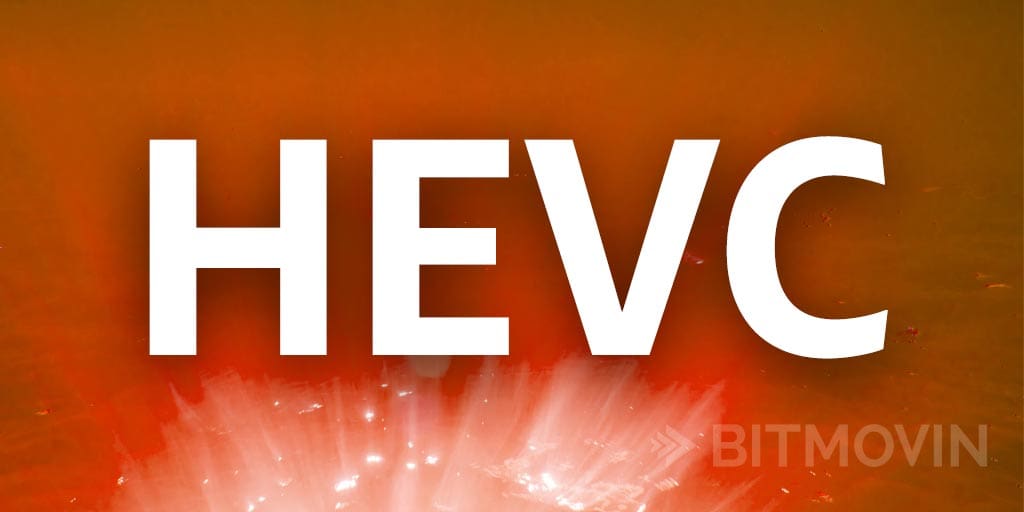High Efficiency Video Coding (HEVC) or simply H.265 is the successor to Advanced Video Coding (AVC) also known as H.264, which is today one of the most used compression schemes on the Web – also adaptive streaming technologies, such as MPEG-DASH. HEVC also promises the same level of picture quality as its predecessor, but with better compression and therefore less data. But what is a codec and why use it when it decreases quality?
It’s all About Compression
Especially for streaming scenarios, the amount of data needed to deliver a dedicated video quality is extremely important. The amount of raw data produced by professional cameras is massive – and having UHD and 4K in mind, this tends to increase even further. Therefore, good compression algorithms are inevitable to cope with the increasing demand of video on the Web and to overcome limited network resources. This is where video codecs come into play. Compression schemes, called codecs, decrease the amount of data of assets, without sacrificing quality. Without going into too much detail (believe me it’s quite complex) it is all about how much compression can be achieved at a certain quality level. And this is where HEVC promises to outperform state of the art codecs, like AVC by far – or to be more precise – double the quality with the same amount of data.

The above image shows a comparison of two screenshots from a video asset. The left is encoded using HEVC and the right one using AVC; the bitrate (400kpbs at 1080p) is the same for both. As you can see, the HEVC encoded video is obviously better quality.
HEVC, Bitmovin, Devices and Platforms
There is also a tendency towards HEVC for adaptive streaming technologies, such as MPEG-DASH. Regarding our Bitmovin player solution which uses plain HTML5 and JavaScript (no plugins needed), we utilise the browsers in-build MSE (more information about MPEG-DASH in HTML5) for playout. If the underlying browser supports HEVC decoding (most likely done by a hardware decoder) we perform some simple adaptations, such as changing the codec attribute, and you can watch your HEVC MPEG-DASH streams. We successfully tested with browsers, like Microsoft Edge, which comes with HEVC support. Also Google recently announced the support within their Chromium browser.
Have you already tried it? You can find free and public HEVC test streams from the Telecom ParisTech, GPAC here. It would be great if you can provide us with some feedback.
The Bottom Line
HEVC has a lot of benefits. Reducing the bandwidth for HD videos means more people can actually get HD content (same applies for 4K). And, as addressed in one of our recent posts, today’s viewers are looking for a TV-like experience and do not show much patience if this promise is broken due to web video problems. So, if you are facing connections too slow for HD streaming today, you might be able to get HEVC encoded HD content tomorrow. And if you pay per gigabyte, less data, due to HEVC encoding, can save you money.
All in all, HEVC is not yet available for the vast majority of Internet video assets and only a few devices are capable of decoding it. And of course, it is not the only available codec in town. The open and royalty free video coding format VP9 (successor of VP8) aims to have an even better encoding efficiency and is already supported by popular browsers such as Google Chrome and Microsoft Edge.
However, up to now it can not be predicted which codec(s) will find their way into our daily streaming business. But whether it is VP8/9, AVC or HEVC – Bitmovin is ready for it!
All the best,
a Bitmover called Reinhard.
Follow us on Twitter: @bitmovin




